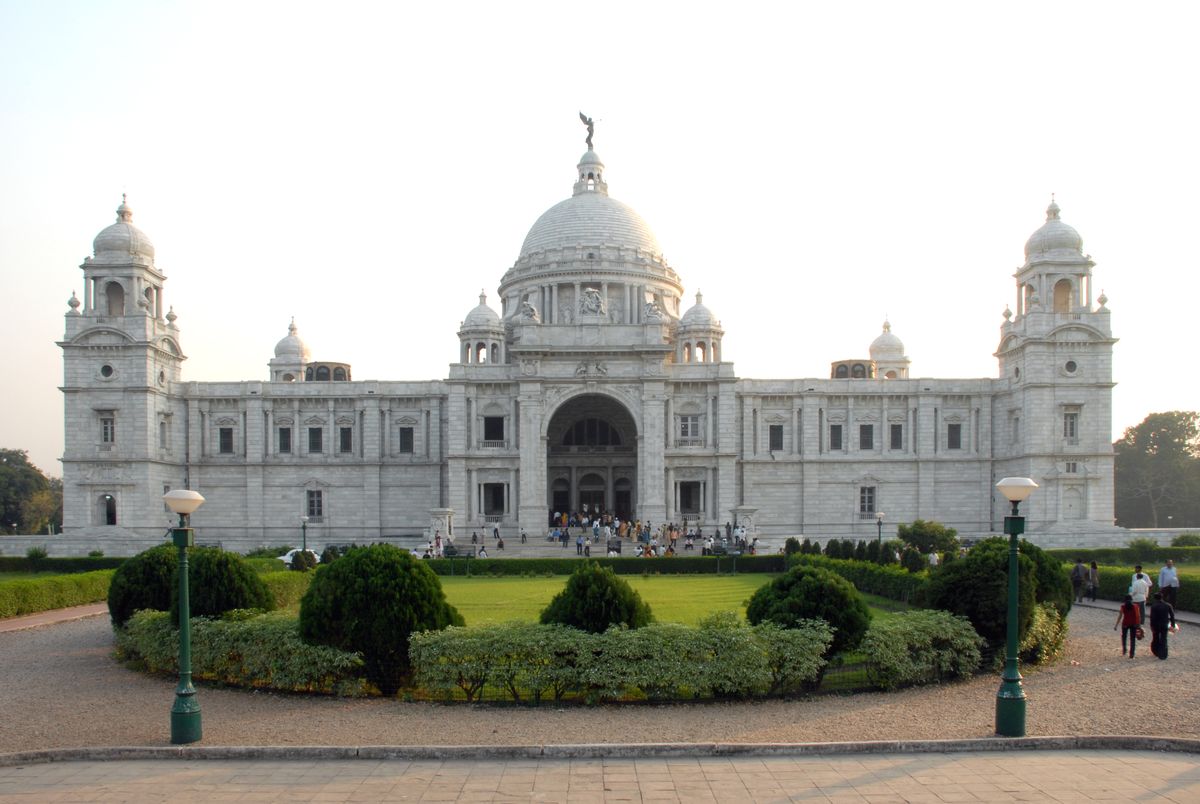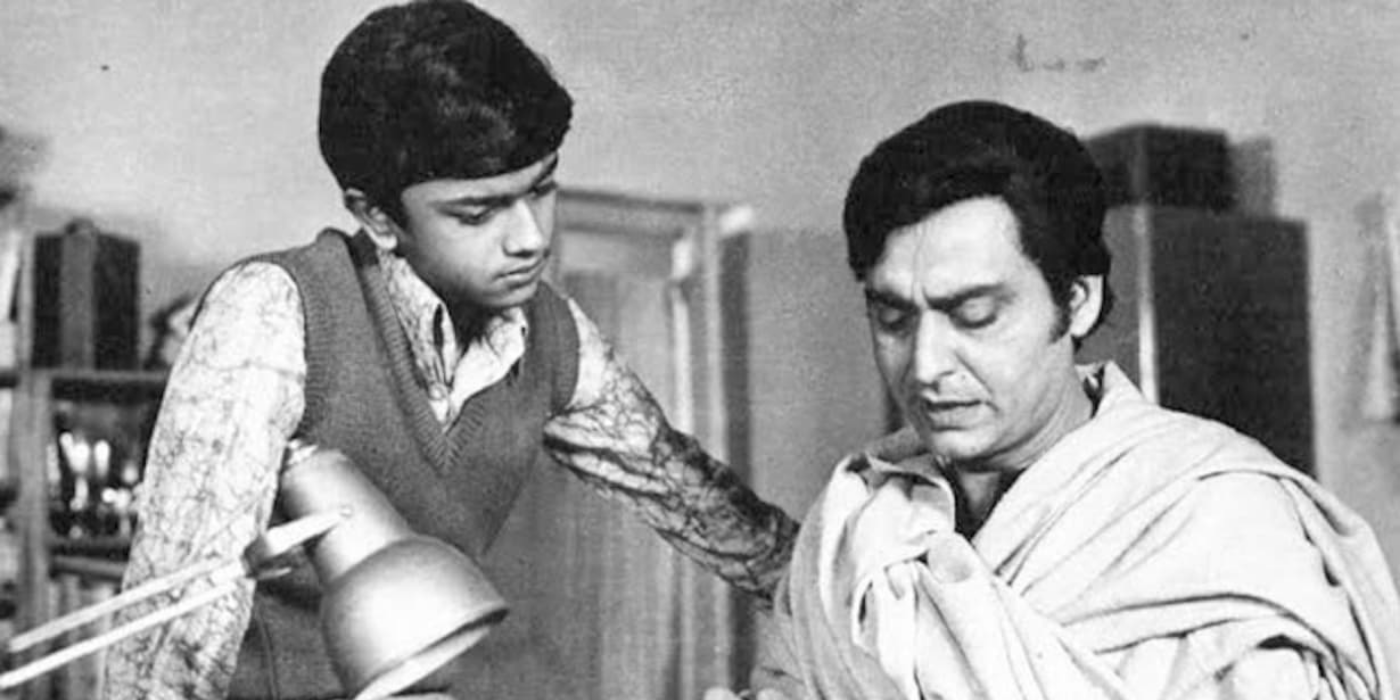It is impossible to not be overwhelmed by the gigantic mess that Calcutta is. This much-reviled conurbation, denounced by pundits and vilified by contemporaries, this city of all cities, the first capital of the British Raj in India, this refuge of the young and old alike, has regularly been trounced by critiques and patrons, and not without reason.
The clutter across town is significant; the open-air filth jumps out at you without making any distinctions regarding your choice of clothing. The totality of corruption that has pervaded into the deepest realms of Calcuttan society seems incomplete still and you are welcomed to join its denizens in denouncing why this is the worst place on earth to live and to die.
The structure of the entire Calcuttan civic community is in shambles; power cuts and road blockages rule the day when indifferent shopkeepers have not already broken your spirit. Football and politics – participated passively across tea stalls in the city – are seen as the very essences for one’s being and the sole reasons for its habitues to go on living. There is no better spectator than the Calcuttan.
Not contrary to elemental opinions held across India, the youthful and the geriatric reside in perfect harmony in this immense hodgepodge, choosing to forget that the world has jumped on the bandwagon that is the 21st century. Life has not moved an inch for Calcutta from when the hard-headed empire-builder Warren Hastings took residence in 1772. And yet, a lot has changed.
§
Few cities in India, or indeed the world, have had as much written about them as Calcutta has. Each tome has provided a new perspective on the city, some trying to relook at its colonial past while others swiftly ignoring the inglorious days of its servitude. The Victoria Memorial, for some, is the sign of ultimate bondage that the British have conferred upon them, while others walk silently past its South gate and jump up on the new flyover that takes them to Park Circus.
No writer has failed in their providential duty to showcase to the world how this once-mighty city has fallen. And yet, we would be doing them a great disservice by not crediting them for the miraculous discoveries that they made about it. The British were the ones who founded the city, and they were the ones who gave it life. The city as it stands today, for better or for worse, is the result of its European heritage and Indian parentage. Or is it the other way round?
The Calcutta that the neutral bystander sees today, as I did when I was visiting for the wedding of my mother’s cousin, reeks of underfed roads and malnourished streets. The starvation of the lanes that lead off the main avenues paints no rosy picture and the traffic nags at you from the time you step foot outside until you are left with no option but to press the red switch and jump off the treadmill.

§
Amherst Street lies in the heart of the Calcutta that was, while Garia seeks shade from the feeble winter sun at the core of what it is trying to become. Whatever separates these two, they do not fail to meet after dusk in the stifling cages of the Indian Coffee House and detach the public from the private, which is a rare quality not to be found among Calcuttans. There is nothing that you would not do to eavesdrop on the conversation that these two have. There is little that my mother, born and bred in this city, leaves out while educating my father and me – both strangers to it – on the subtleties and nuances of its incredible palette of colours.
If Amherst Street is significant of everything that Calcutta hoped to have forgotten, or tried to bury in its oldest cupboard, Garia tries to seek the limelight thanks to its inconvenient location, and of being the distant relative to Sourav Ganguly’s Behala. (You have to go to the City of Joy to see what this former cricketer means to them; if there were any place in India to be born a celebrity, Calcutta would be a good one to start.) No place in India deifies its local heroes as much as Calcutta does, and Ganguly, to them, is the ultimate Bengali, after the great Uttam Kumar, and someone who can do no wrong.
Little escapes the eyes of the genteel Calcuttan who pries without causing offence; civility is bred deep into the psyches of Saradindu Bandhopadhyay’s infamous Bhadralok. Byomkesh Bakshi scans the streets for shades of the truth and Satyajit Ray’s Feluda, the quintessential Calcuttan know-it-all, leaves no stone unturned in making sure that debasement does not prosper. There is little about this metropolis that is discreet.
Quite often, visions of the past and present intertwine with each other in whichever street you step foot into. It is no joke that only Calcutta can boast to have produced men and women so impossibly gifted that it would take lesser mortals two births to accomplish what they did in one. There is, again, no city in the world that lives in its yesterdays as much as Calcutta does.

§
Nothing that stinks of happenstance ever takes place in this city. Everything is measured in half-empty cups, and lives are often interwoven with the perplexity that adulthood brings. Nobody tries to make you see the spectacle spread before your senses, least of all my mother’s cousin, who wants to wrap his wedding up as quickly as he can and depart for his honeymoon in the Maldives. There is an extensive haze of incomprehensibility, and nothing seems to be visible beyond a few hundred yards, but by now you know that the soul of Calcutta has been tugged at, and that it has responded in a way that only it knows how.
Sometimes it seems as if history has come alive in front of your eyes, and in every run-down home you come across, scrutinising from windows liberally dispersed with algae lie intellectual giants whose creations have permeated the membrane of the Western world. Calcutta smiles coyly as you bring up the need for reform over a steaming cup of tea in one of the many stalls at Ultadanga. You are left oppugning whether it was ethically right in the first place asking it to shed its pardanashin existence and embrace the 21st century; the 34 years of Communist rule that it sorely relished seemed to have been reward enough.
§
When you call out its name, several Calcuttas respond. Among the many, there is one who raises its head from the lower depths of morality it has sunk its teeth into while there is another who tries hard not to tug at its oversized waistcoat standing in the foyer of the ITC Royal Bengal.
This second city of the erstwhile British empire, on which the sun never set, lacks in expression, or interpretation, or efficiency – or any barometer that makes a modern city – what it makes up for sheer excitement, sentiment and exuberance as its ferry sails deep into the Hooghly while the Princep Ghat recedes into the unfamiliar background.
Mohul Bhowmick is a national-level cricketer and passionate writer. He has published three books of poetry and one travelogue. His latest work ‘Seeking Kathmandu: Travails of a solo traveller across Nepal’ is now out.
Featured image credit: Flickr

